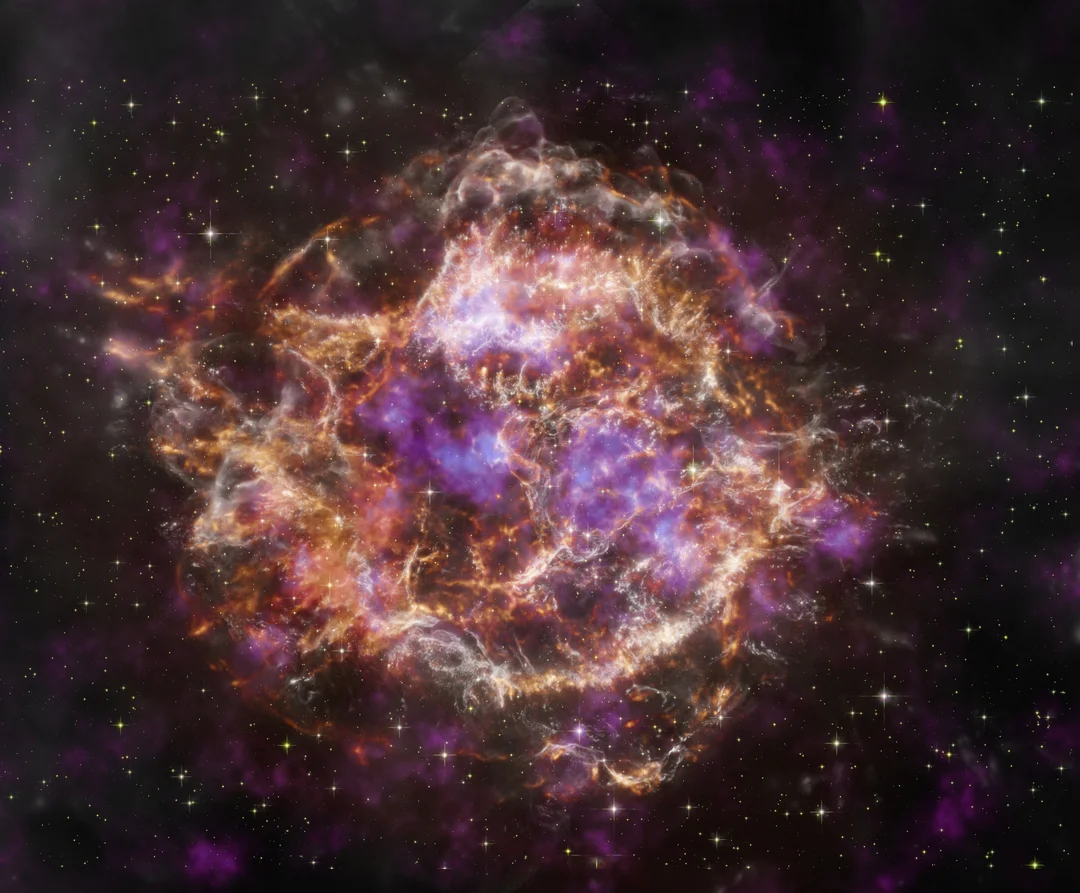
NASA Unveils Stunning 3D Models of Supernova Remnants: Explore Space from Your Desk
NASA has just released a series of groundbreaking 3D models of supernova remnants and a young star, allowing anyone to explore the universe up close. These models, based on data from the Chandra X-ray Observatory, transform complex astronomical observations into tangible forms, making space more accessible and immersive than ever before. From the mysterious "Green Monster" within Cassiopeia A to the dynamic flares of BP Tau, these models offer unprecedented insights into the cosmos.

The four newly released 3D-printable models include:
- Cassiopeia A (Cas A): This model allows exploration of the enigmatic "Green Monster," an unusual structure emitting intense infrared radiation. Scientists believe it may be the result of a powerful blast wave from an ancient stellar explosion interacting with surrounding gas and dust.
- BP Tau: Representing a young star just a few million years old, this model reveals the dynamic interaction between the star and its surrounding disk of gas and dust. It highlights dramatic flares, intense bursts of energy, detected by Chandra.
- Cygnus Loop: Also known as the Veil Nebula, this model showcases the stunning remnant of a massive star's violent death, located about 2,000 light-years away. The Cygnus Loop offers a window into stellar evolution.
- G292.0+1.8: This relatively young supernova remnant, located about 20,000 light-years away, features a neutron star at its center emitting X-rays. Its complex structure offers valuable insights into the aftermath of a star’s death.

Researchers leveraged state-of-the-art theoretical models, computational algorithms, and observations from telescopes like Chandra to create these accurate representations. The 3D models aren't just visually appealing; they enable scientists to study these celestial objects in greater depth, revealing details often missed by traditional telescopic observations. For instance, detailed analysis of Cassiopeia A, enhanced by 3D modeling, helped scientists gain new insights into its origin and the explosion that created it approximately 340 years ago.
The ability to 3D print these models opens up exciting opportunities for education and outreach. Students, educators, and even the visually impaired can now feel the shape of a supernova remnant or hold a black hole's surrounding environment. This hands-on approach to learning promises to make space science more engaging and accessible for everyone.
These models represent a new era in astronomical research and outreach, providing a unique way to connect with the universe. What mysteries will these 3D models help us unlock next? Share your thoughts and predictions in the comments below!